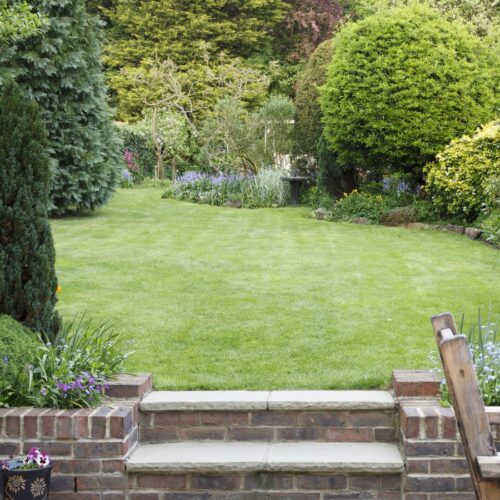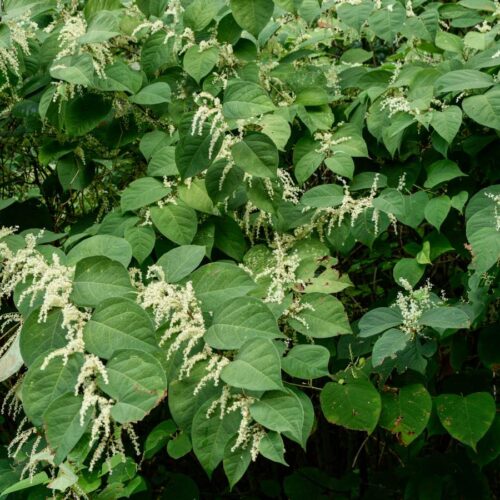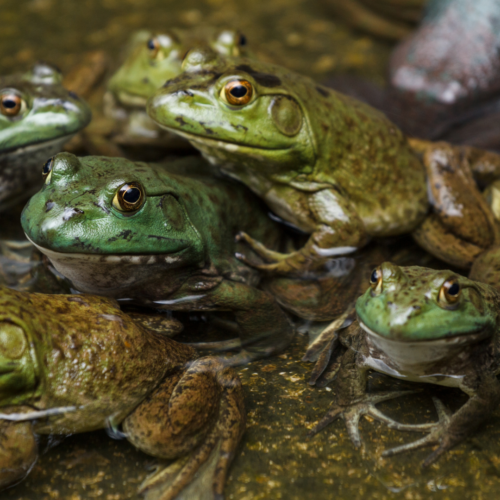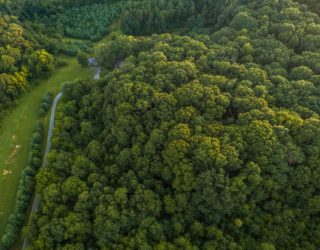Forever immortalised within popular literature such as Wind in the Willows and The Animals of Farthing Wood, the badger (Meles meles) is a highly social mammal, and one of the largest members of the Mustelid family. In celebration of National Badger Day on the 6th October 2016 this article will provide a brief overview of the ecology of badgers and their legal protection.
Badgers live in family groups or ‘clans’ and predominately have a nocturnal activity pattern, which requires reliance on smell and hearing rather than vision. A badger’s sense of smell is between 700 and 800 times stronger than a human’s. A clan of badgers, which can be in excess of ten individuals, inhabits a distinct area of territory, within which a series of underground ‘setts’ will be constructed. It is widely accepted that within a badger territory, there will be different types of sett ranging from main setts, to outlier setts, which are far smaller and more sporadically used. Main setts can range from twenty-holed structures, with a labyrinth of tunnels and chambers over fifty years old, to one-holed entrances with one chamber. The size of the territory and the number of setts within a territory are often a reflection of the overall density and abundance of badgers within an area of countryside.
Badgers are opportunistic omnivores, feeding on many different types of food such as earthworms, carrion and fruit. The diet is subject to substantial regional, seasonal and inter-annual variation. During their evening forage for earthworms, badgers often leave behind characteristic ‘snuffle holes’ which indicate a small area of digging. Snuffle holes form one of the key field signs of badger foraging activity. Not confined to snuffle holes, other field signs include latrines, paths, hairs and footprints. The discovery of a fresh latrine can provide useful information on how badgers use a landscape, for example, what it eats and where it eats it.
Badgers are resourceful and can inhabit rural and urban locations.
The majority of badger setts will be created on the edge of woodland habitat or within a hedgerow system which often provides the combination of food, safety and sloping ground.
The Protection of Badgers Act 1992 (UK) makes it illegal to interfere with a badger sett. This includes damaging or destroying or obstructing access to the sett. As a result, a badger survey to search for the presence of any setts or field signs is often a requirement of development projects. The optimal time of the year for undertaking badger surveys is in the period from February to May and/or from September to October. This period corresponds with peaks in the territorial activity of badgers and maximises the probability of detecting signs of activity.











